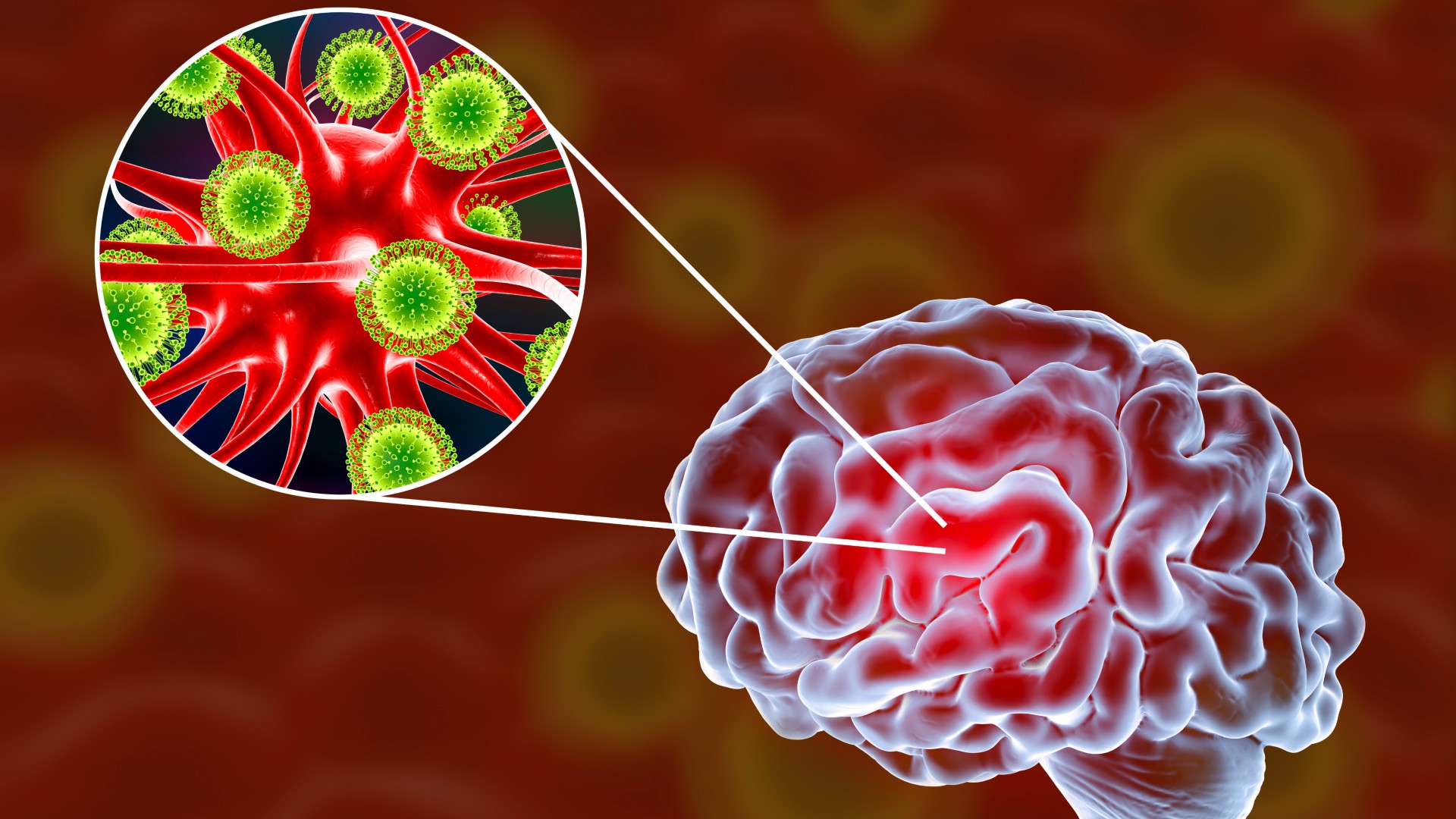Disease name: La Crosse virus disease
Affected populations: La Crosse virus disease is a rare viral illness that is spread to humans via mosquito bites. The name comes from La Crosse County, Wisconsin, where the disease was first observed by doctors in the 1960s.
Approximately 30 to 90 cases of La Crosse virus disease are reported in the U.S. each year. Around 60% of those cases occur in males, and 90% affect people under 20 years old.
Transmission of La Crosse virus most often happens in late spring through early fall, when mosquito populations peak. Most cases of the disease occur in upper Midwestern, Mid-Atlantic and Southeastern U.S. states. No cases have ever been reported outside the U.S.
Related: New York resident dies of eastern equine encephalitis — what is it?
Causes: La Crosse virus disease is caused by the La Crosse virus, which is spread to humans via the bites of mosquitoes carrying the germ. Most commonly, a species known as Aedes triseriatus spreads the virus to humans. As their name suggests, these mosquitoes typically breed in holes within trees, and they also lay eggs in outdoor containers that hold standing water.
People who live, work or spend recreational time in wooded areas have a higher risk of becoming infected with La Crosse virus than others, as they are more likely to come into contact with A. triseriatus mosquitoes.
Once inside the human body, the La Crosse virus can infiltrate the central nervous system, including the brain, and infect and damage neurons there.
La Crosse virus disease cannot be spread from person to person; the only way people can catch it is directly from mosquito bites. Mosquitoes can’t pick up the virus from infected people, because it never reaches a high enough concentration in the blood. For this reason, humans are considered “dead-end” hosts of the La Crosse virus. (In the environment, mosquitoes pick up the virus from small mammals, such as squirrels and chipmunks.)

Symptoms: Around 96% of people exposed to La Crosse virus do not develop any symptoms. The small percentage who do may initially experience a fever, headache, nausea and vomiting. These symptoms can emerge within three to 10 days of being bitten by an infected mosquito.
For some people, especially children under 16, these symptoms can then progress to more severe disease. For instance, the virus may cause brain inflammation, known as encephalitis. Around 75% of the La Crosse cases that involve encephalitis occur in children.
The fatality rate from La Crosse encephalitis is less than 1%. However, between 5% and 15% of patients who recover from this condition can go on to experience recurring seizures after the initial infection has passed.
Treatments: There is no cure for La Crosse virus disease, nor a vaccine that can help prevent infection. However, patients with severe symptoms may be given supportive care in the hospital.
People can reduce their risk of being infected with La Crosse virus by avoiding mosquito bites in the first place. They can do this by using recommended insect repellents and wearing long-sleeved shirts and pants while outdoors, the Centers for Disease Control and Prevention recommends.
This article is for informational purposes only and is not meant to offer medical advice.
